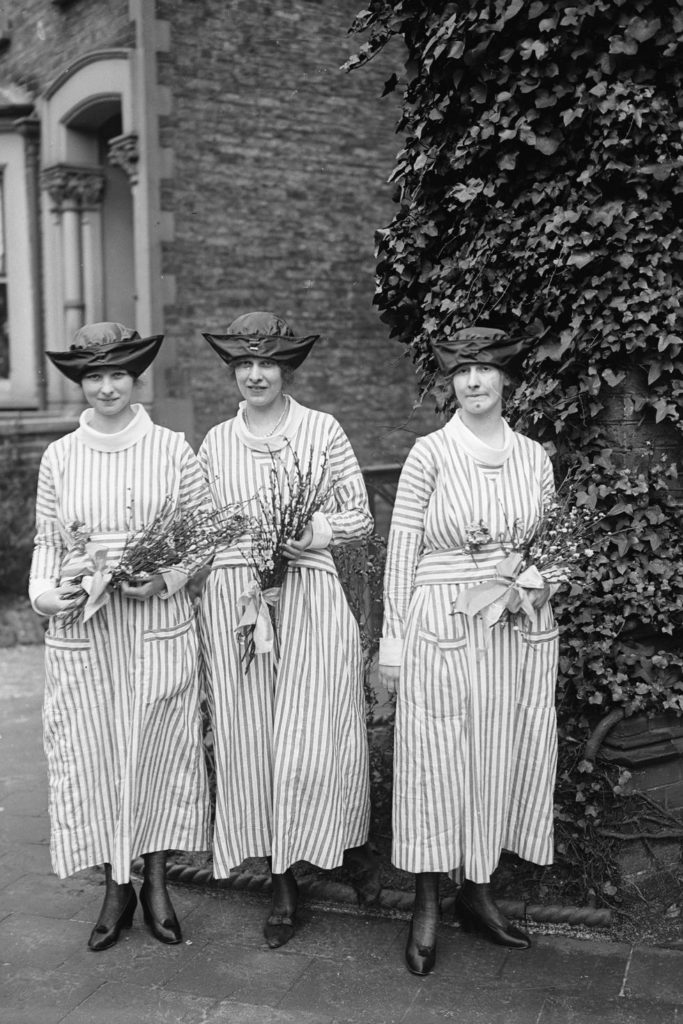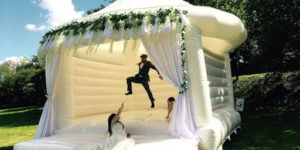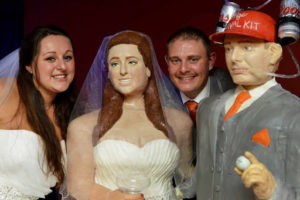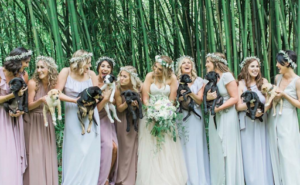Happy summer, or should we say, happy wedding season! Summertime is prime time to get hitched, tie the knot, or get married (whatever you’d like to call it, really), but do you know how common wedding traditions got their start? Today, a wedding ceremony can look like anything from a Game of Thrones set to a simple backyard wedding, but will generally keep traditions that have been in place for centuries.
The First Weddings
The first recorded evidence of marriage ceremonies dates back to about 2350 B.C. The primary purpose was to bind women to men, guaranteeing that a man’s children would be his true biological heirs. Sounds romantic, right? Early weddings were more so seen as an exchange of property. This was signified by the father giving the bride away to the groom.
In the 18th Century, bride kidnapping (also known as bride-napping) was common practice, with men kidnapping the woman he wished to marry. Today, the tradition of women standing to the left of the groom stems from this, as the groom would have his right hand available to access his sword in the event someone tried to steal his bride.
The Wedding Party
The best man also tied into the tradition of bride-napping, as originally, he was tasked with the job of making sure the bride didn’t escape during the ceremony, while simultaneously being available to kidnap the bride if her parents didn’t approve of the union. In short, he needed to be the strongest and most capable using a sword, AKA, the ‘best man’ for the job.
The bridesmaids on the other hand, were in place to protect the bride. Originally it was thought that having bridesmaids dress similarly to the bride would confuse and ward off exes and evil spirits. They would be arranged in a line, just like today’s weddings, to form a protective shield from these spirits.

The Dress
The dress the bride would wear on her wedding day wasn’t always the white like we know it today. In early weddings, women used to just wear the best dress they had, usually dark in colour as it hid dirt and could easily be reworn. It wasn’t until the mid 1800’s when Queen Victoria wore a white lace gown to her wedding with Prince Albert. At this time, white fabric was very expensive, so wearing white to a wedding displayed wealth and status.
The Cake
The white wedding cake had a similar origin story to the famous white wedding dress. Queen Victoria also popularized this wedding tradition at her wedding, where she displayed a 3 tiered white wedding cake, also signifying wealth because white refined sugar was expensive and harder to come by.
Luck
Aside from general good fortune and status, the early wedding ceremonies revolved heavily around the idea of bringing good luck and protection against evil spirits, and many of the traditions today have roots in this idea. There’s a wedding rhyme today signifying items a bride needs on her wedding day for luck, reading “something old, something new, something borrowed, something blue”, but do you know what each item signified? Originally, something old was thought to give protection for the new baby to come, something new signified the bride’s new family, something borrowed was to be an item from another happy bride in hopes that she’d have the same happiness, and something blue signified fidelity. Back in the early weddings, this rhyme also included “and a sixpence in your shoe” for luck and to ward against evil.
Along with these items, brides are rarely seen without a bouquet of flowers. Originally, they carried garlic and herbs in the hopes of protecting themselves from the bubonic plague and evil spirits, while also bringing good fortune. A brides entire attire was actually considered to be lucky – so much so that guests would try to tear off pieces of her dress to steal the luck. In attempts to defend herself and distract rowdy guests from tearing her dress, she would toss the bouquet to them. Luckily today, this isn’t so much as a defense mechanism but instead a game played by single wedding guests to see who will be the next to be wed.
Engagement Rings
Not all wedding traditions originated hundreds of years ago – there is one that is nothing more than a result of an outstanding marketing campaign – the engagement ring! This tradition only began around the 1930’s, the same time as the great depression. During this time, jewelers saw an all time low in sales as people had little money for luxury items, like diamonds. Around this time, De Beers hired the marketing agency, N.W. Ayer to craft a campaign to create demand. From this campaign, the slogan ‘A Diamond is Forever’ was written, and has appeared in every De Beers advertisement since 1948. They also created ads that featured classic paintings, recreated from works of Picasso, Dali and Dufy to illustrate that diamonds are rare, like unique works of art. Later campaigns in the 1950s created the message that engagement rings should cost 1 month’s salary, and by this time, 80% of brides were given an engagement ring. By the 1980s, De Beers changed the messaging from 1 to 2 months salary, and today, people are now claiming that the ring should cost 3 months salary.
Because of this campaign, ‘A Diamond is Forever’ has become one of the most recognizable and longest running slogans in history. Knowing that the engagement ring came from a well marketed campaign, it makes us wonder, what are the next wedding traditions?
New Trends
In recent years, there have been trends that are more frequently being seen in weddings, let us know in the comments what trends you think will stick and become long-standing traditions!
- Themed Weddings
- Bouncy Castles
- Life Sized Wedding Cake
- Puppy Bouquets
- Dog Ring Bearers
- Dog Ring Bearers





